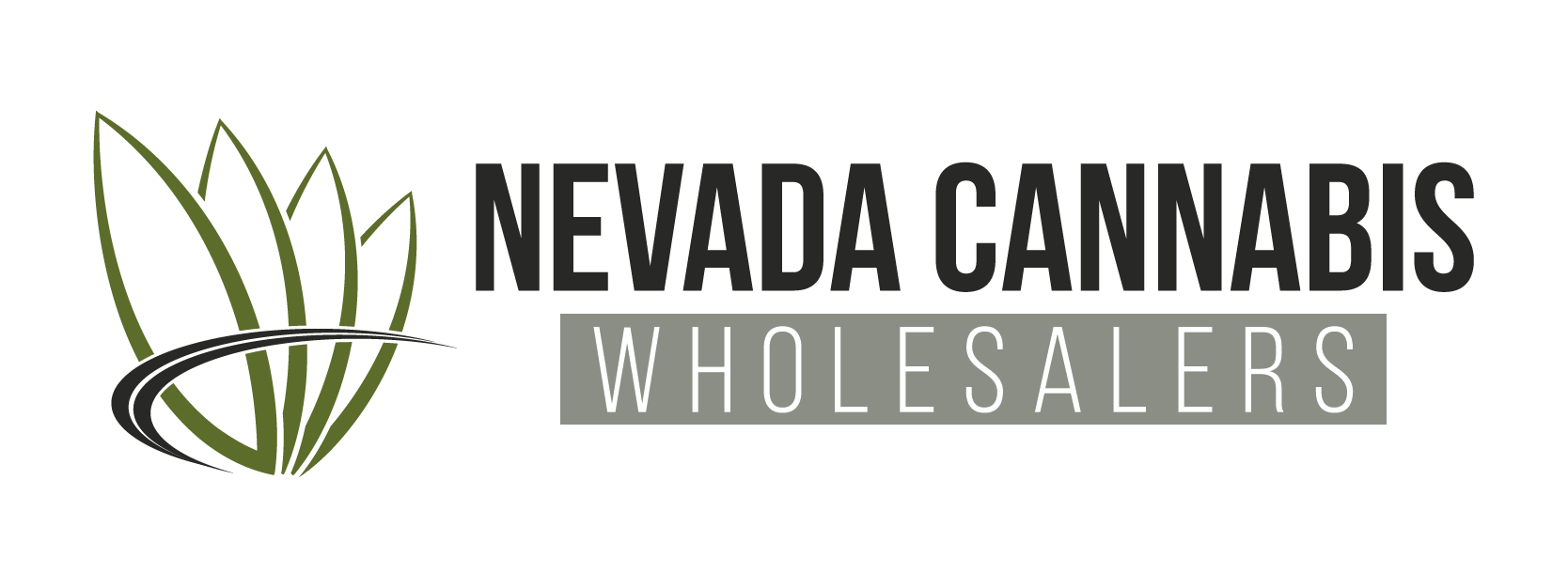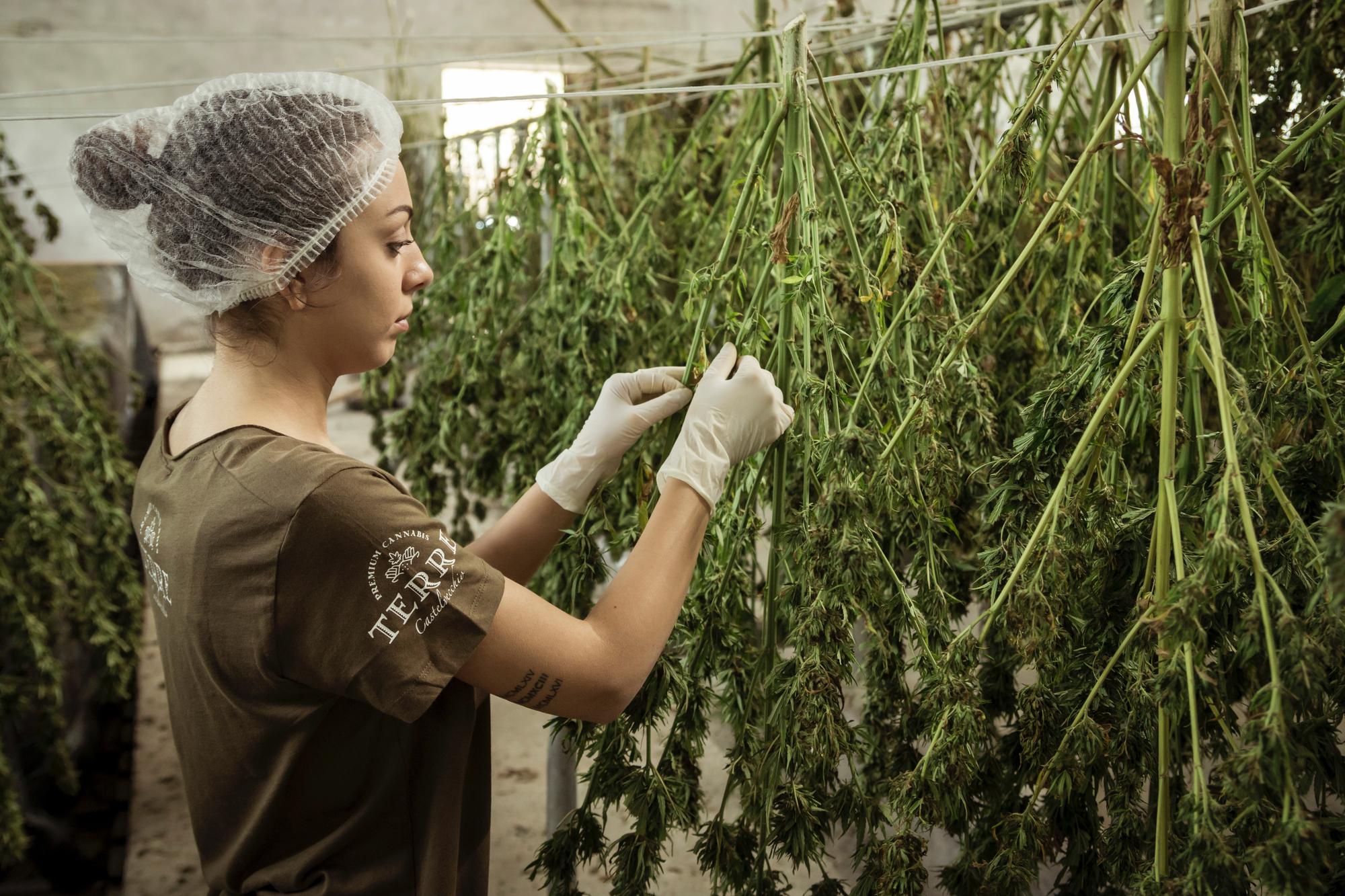Nevada’s edible market keeps tilting toward products that are easy to dose, heat-resilient, and quick to take effect—making gummies the category’s workhorse and pushing “fast-acting” formulations into more buyer conversations. At a high level, edibles account for a modest slice of total unit volume in Nevada but an outsized share of revenue thanks to premium pricing, according to a 2024 overview by UNLV’s Center for Business and Economic Research.
Why gummies lead
Gummies dominate U.S. edible sales—roughly three-quarters of the category—providing predictable dosing, flavor variety, and strong brand recognition. Nevada aligns with this broader pattern, with brands like WYLD holding 30%+ share of edibles in markets including Nevada per Headset-based reporting. For wholesalers, that concentration simplifies assortment planning and improves turns because top SKUs move quickly.
Operationally, gummies also ship and store better than many chocolate items. Las Vegas routinely sees summer highs near or above 105°F, and while dispensaries are climate-controlled, the desert supply chain (from loading docks to last-mile deliveries) creates melt risk for chocolate that gummies largely avoid. This practical edge, combined with lower breakage and longer shelf stability, helps explain why buyers default to chewy formats.
Chocolates still matter—strategically
Chocolates remain important for premium storytelling, seasonal rotations, and giftable formats. Nationally they capture a notable single-digit to low-teens share within edibles, offering margin opportunities for curated cacao sources, culinary collaborations, and terpene-paired SKUs. In Nevada’s tourist-heavy market, that “treat” positioning keeps chocolate on the menu—just with tighter SKU counts and careful warm-weather logistics.
Fast-acting and minor cannabinoids: the growth lanes
The most durable trend wholesalers are leaning into is faster onset. “Fast-acting” gummies—often powered by nano-emulsion or similar tech—deliver effects in minutes, supporting trial by visitors with limited time and reducing overconsumption concerns. Recent industry reporting shows these SKUs earn higher sales per item and can command premium pricing, signaling room for more shelf space even if the subsegment is still smaller than traditional edibles.
Formulation trends also favor minor-cannabinoid calls like CBN for sleep. In nearby California, CBN’s share within edibles surged in recent years, reflecting consumer demand for function-forward effects—momentum Nevada wholesalers can leverage with night-time, recovery, or “relax” lines that bundle THC with CBN or CBD.
Beyond gummies: beverages and mints as complementary bets
While beverages remain a smaller share of total edibles, they’ve posted double-digit growth and skew toward social occasions—useful for lounges and hospitality tie-ins as Vegas consumption venues expand. For buyers, a concise set of 10–100 mg multipacks can add incremental baskets without crowding the core gummy set. Mints and chews similarly play a role where discretion and micro-dosing matter, particularly for older and female consumers who over-index to edibles versus other categories.
What Nevada regulators and data say
Regulators continue to sharpen testing and field capabilities, which supports consumer confidence in infused products—a prerequisite for repeat purchase in edibles. Meanwhile, state and academic analyses show edibles generate a disproportionate share of revenue relative to units, reinforcing why wholesalers prioritize high-velocity, premium-priced SKUs in their lineups.
Bottom line for Nevada wholesalers: lead with proven gummy winners (including fast-acting variants), maintain a curated premium chocolate set with heat-mitigation plans, and round out assortments with select beverages and mints tied to clear use-cases. That mix aligns with how tourists actually shop, how the desert supply chain really works, and where the data shows sustained demand.

